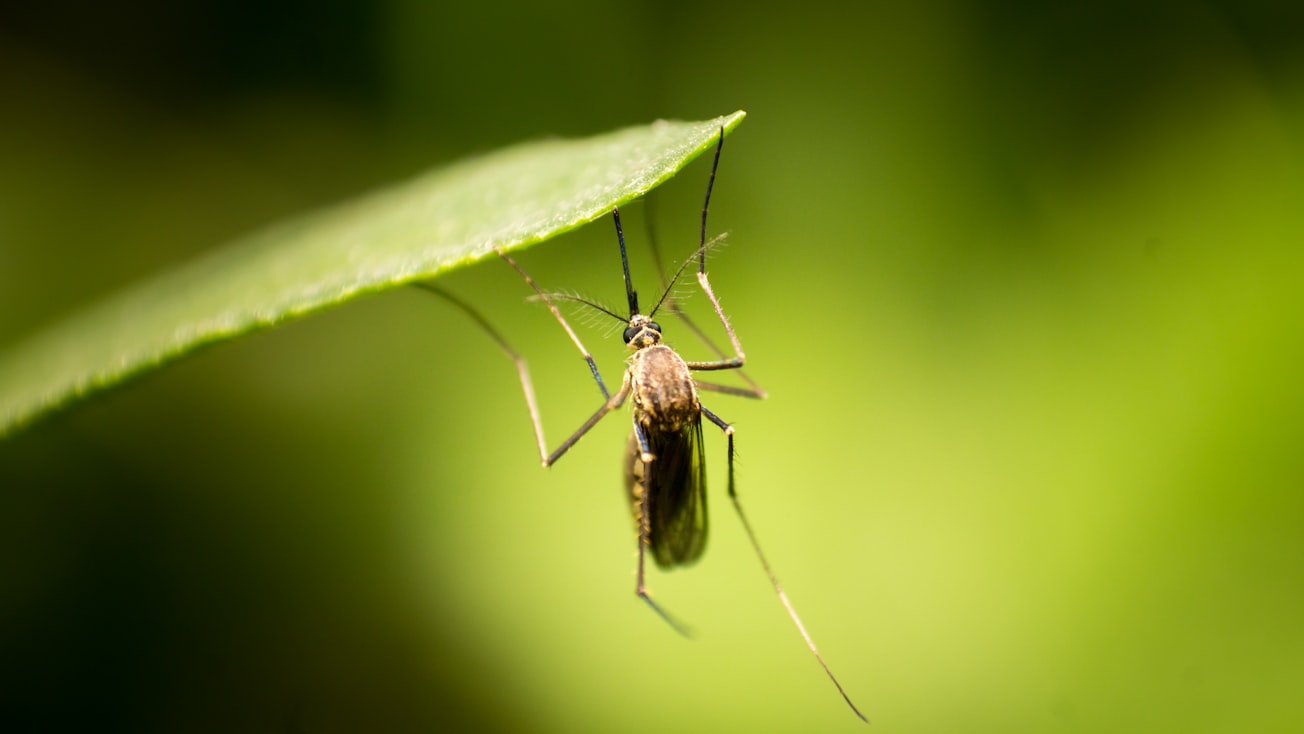What is it about?
We identified a lineage of small viruses that have donated a gene to much larger poxviruses infecting birds. From this observation we suspected the donors likely also infect birds, and so looked for evidence of them inside the genome assemblies of many vertebrate species. We found these viruses have indeed left behind traces in the genomes of several saurian vertebrates, including snakes, turtles, and lizards. Interestingly, they also left traces in some insect genomes, and because the viruses are found in mosquitoes occasionally, we suspect transmission to vertebrates may be via these biting flys.
Featured Image

Photo by Shardar Tarikul Islam on Unsplash
Why is it important?
Our work uncovered a new vertebrate-infecting virus lineage, which is generally important for understanding potential threats to humans and animals. The study also revealed an unusual case of interaction between unrelated viruses, and gain of some functional genes by pathogenic poxviruses.
Perspectives
Looking forward, it is important to understand whether these viruses cause disease in their hosts, and how they are transmitted.
Cormac Kinsella
Universiteit van Amsterdam
Read the Original
This page is a summary of: Vertebrate-tropism of a cressdnavirus lineage implicated by poxvirus gene capture, Proceedings of the National Academy of Sciences, May 2023, Proceedings of the National Academy of Sciences,
DOI: 10.1073/pnas.2303844120.
You can read the full text:
Resources
Contributors
The following have contributed to this page










